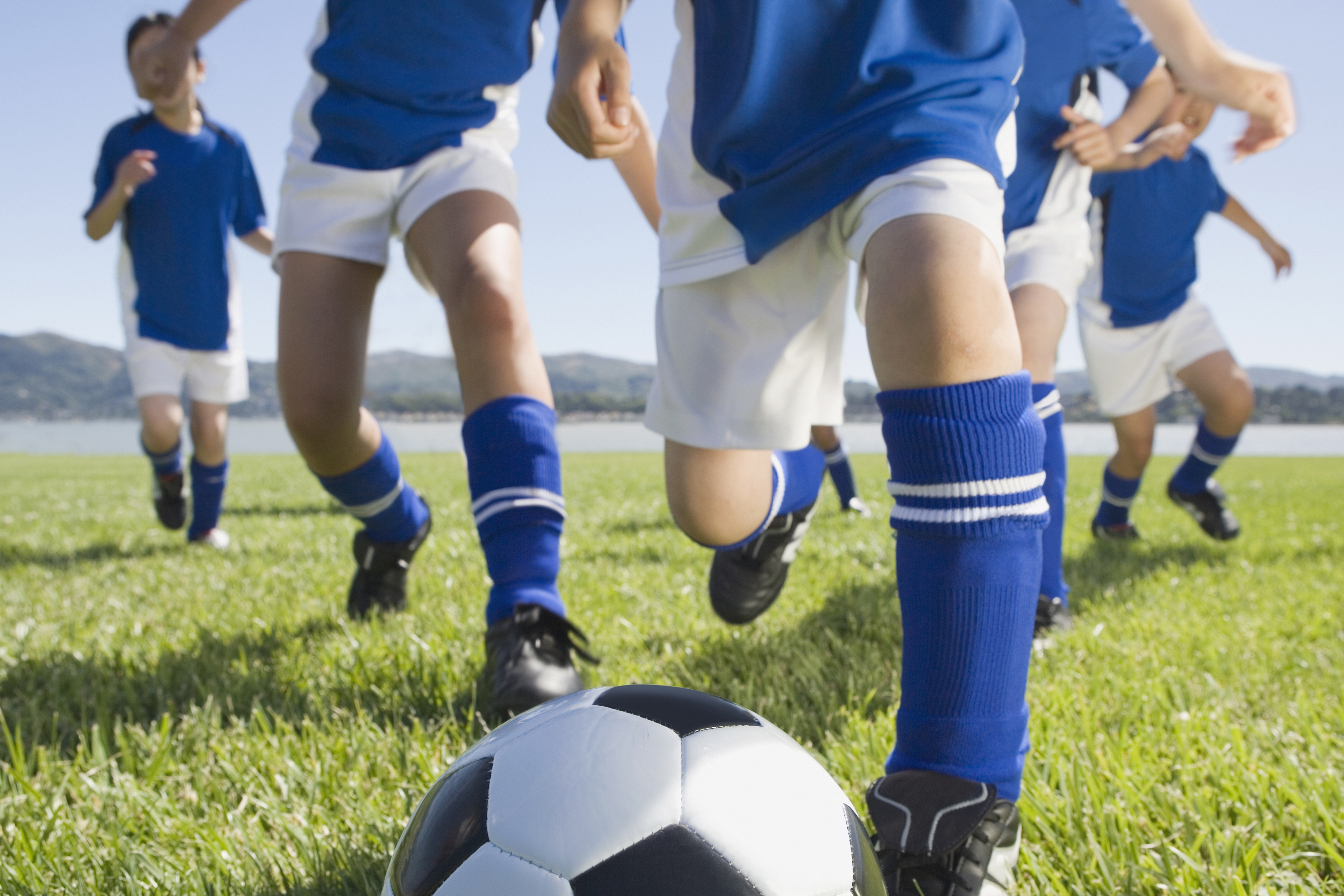Competition for coveted athletic scholarships is prompting some young athletes to focus all of their attention on one sport at the exclusion of others.
But a new study out of the University of Connecticut shows that encouraging children to participate in a variety of sports and physical activities has its own distinct advantages.
The study found that exposing children to a variety of sports may lower their risk of certain injuries.
Children who engage in a variety of activities have more opportunities to learn to control their body in response to different physical demands. — Lindsay DiStefano
The report – published in the peer-reviewed medical journal Sports Health – is believed to be the first of its kind presenting clear scientific evidence supporting the benefits of sports sampling.
“If we want our children to be active for life so they are healthy and well, and if we want them to become good athletes, then we need to encourage kids to try a lot of different activities,” says Lindsay DiStefano, associate professor of kinesiology and the study’s primary investigator.
Young athletes who engaged in more than one sport in a given year were more than twice as likely to exhibit good neuromuscular control when performing certain landing skills as athletes who focused on one sport, according to the study. In a series of tests, 27 percent of the multisport athletes showed good landing coordination, compared to 11 percent for single sport participants. Good neuromuscular control when landing can prevent anterior cruciate ligament (ACL) injuries, tendonitis, stress fractures, and other serious medical conditions that can hinder and/or delay an athlete’s performance.
Concerns about sport specialization are not new. Previous studies have shown that young athletes who limit their training to a single sport risk burnout, social isolation, and overuse injuries. Experts recommend that children don’t begin focusing on a single sport until they are well into adolescence.
Advocates for sports sampling say participating in a variety of sports during childhood promotes long-term physical activity, builds confidence, and allows for better development of fundamental movement skills such as running, skipping, and balancing.
“Children who engage in a variety of activities have more opportunities to learn to control their body in response to different physical demands,” says DiStefano. “By participating in a variety of activities, children might learn how to run up and down a court and quickly change direction, how to run while dribbling a soccer ball, or how to brace themselves for a potential collision. All of those things help children develop different components of neuromuscular control, which can prevent injury and also help them become better athletes long-term.”
With only 30 percent of U.S. adolescents currently achieving the daily recommended dose of physical activity, DiStefano says making sure children are confident in fundamental movement skills – known as achieving ‘physical literacy’ – should be considered just as important as their mastery of other essential life skills such as reading and writing.
“If you look at reading literacy, a child must be literate in order to continue their education and succeed in life,” says DiStefano, who conducts research on behalf of UConn’s Institute for Collaboration on Health, Intervention, and Policy (InCHIP). “If they can’t read, their ability to succeed in other areas of academics is extremely limited. If we take that analogy and apply it to physical literacy, then it is our goal that every child and person be physically active across their lifetime. If they never develop physical literacy, then the likelihood of them being physically active is poor.”
In conducting their study, UConn researchers recruited 355 young athletes who were between the ages of 8 and 14 years old. Of the group, 122 were boys and 233 were girls. The participants were drawn from three youth soccer teams and one youth basketball organization. Every child’s sport participation history was recorded. There were 91 single sport athletes (33 boys, 58 girls) and 264 multi-sport athletes (89 boys, 175 girls).
Every athlete completed three trials of a jump-landing task. Each attempt was videotaped from several angles and scientifically analyzed for movement control errors.
All of the athletes were required to make a forward jump from a 30 cm box, landing a distance of at least half their body height. They then had to jump for maximum height upon landing. The soccer players were also required to complete two long jumps from a standing position. Children exposed to multiple sports jumped farther on average than those exposed to a single sport. The basketball players were required to complete two trials of an agility test in which they were timed. In that test, the athletes had to sprint forward 10 meters, shuffle to each side several times, and then backpedal to their starting position.
Athletes were determined to have good neuromuscular control if they made less than five movement control errors, a rate that has been shown to be predictive of lower risk of ACL injuries.
Moving forward, DiStefano and her research team are working to develop methods to quickly identify children who lack sufficient movement skills and who may be at risk of not meeting targeted daily activity goals. The team is also developing appropriate interventions to get those children to be more active and to help them develop physical literacy.
The research was supported by funding from the Charles Hood Foundation for Child Health Research.



